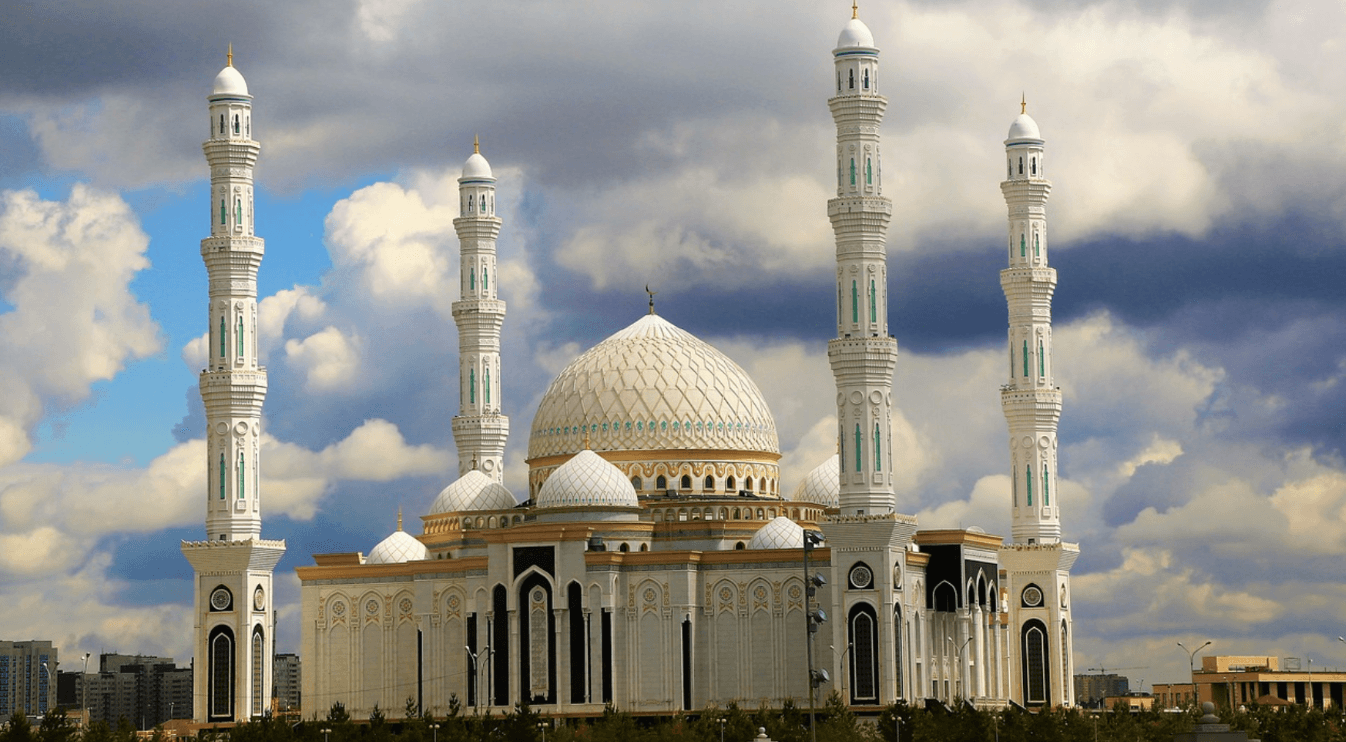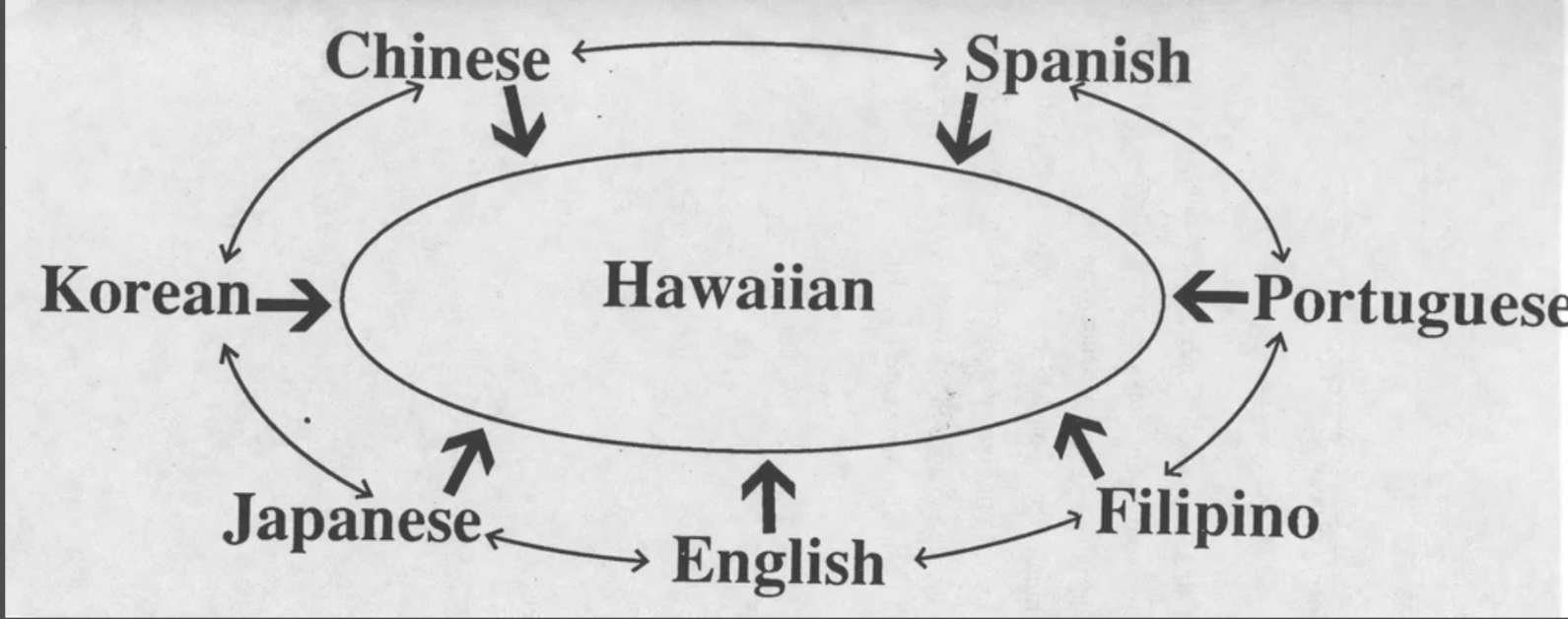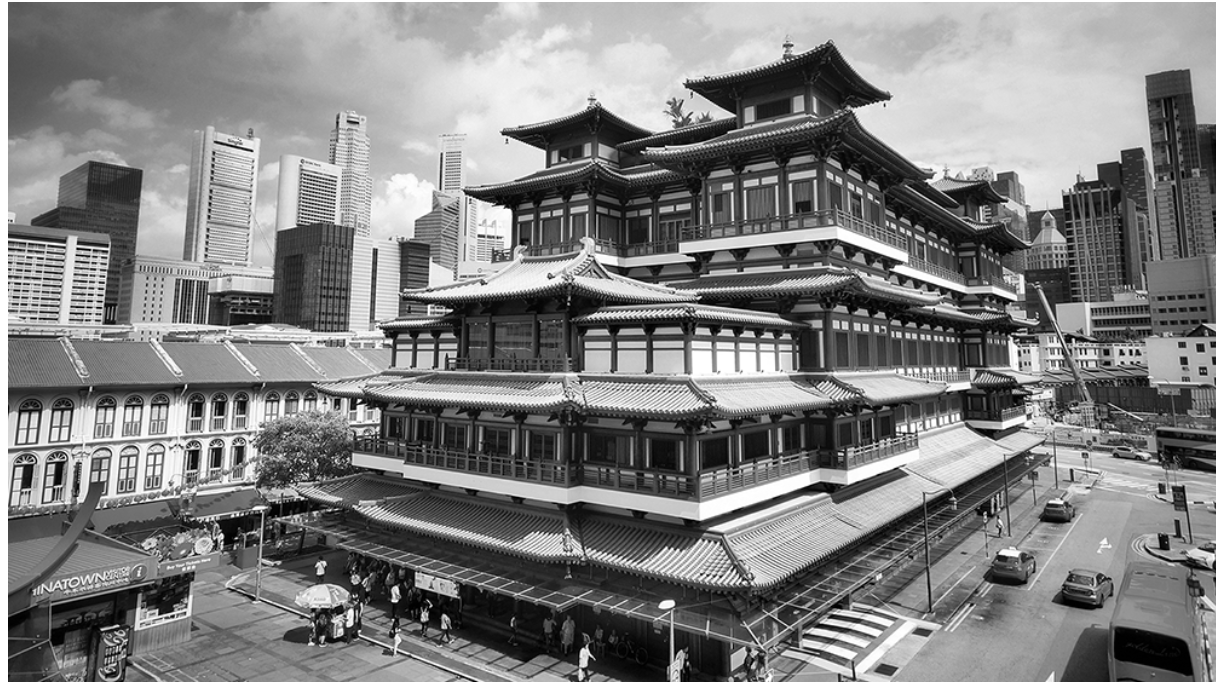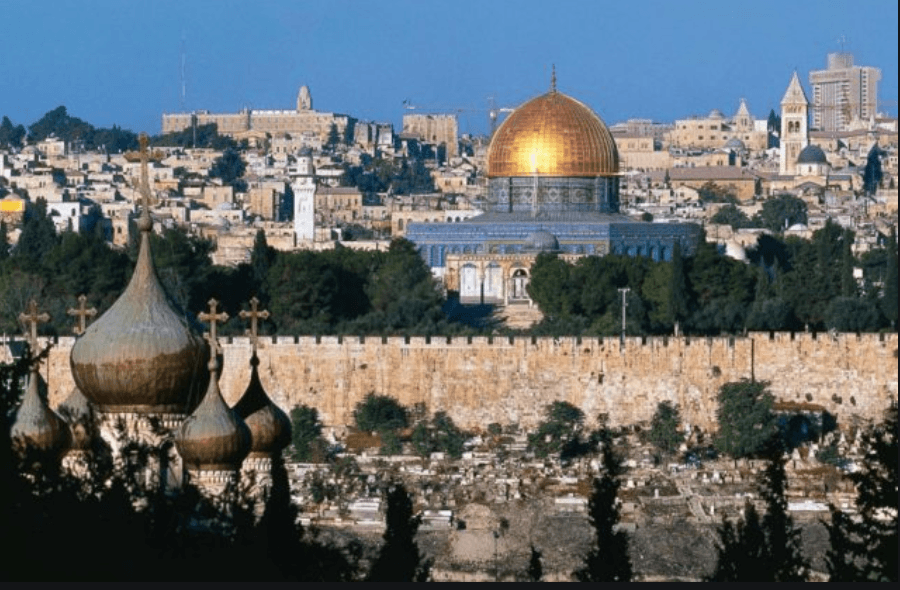These three religions have their hearths in Southwest Asia, also referred to as the Middle East.
Judaism, Christianity, Islam
This religion spread from India, into China, and from there, many other countries in East and Southeast Asia.
Buddhism
The most widely used Indo-European language today is
English
This type of diffusion is demonstrated below –
“A family immigrates from Cuba to the United States. Upon entering the United States, they open an authentic Cuban restaurant serving food from their native country.”
Relocation Diffusion
Culturally forbidden behaviors.
taboo
A large heterogeneous group in an urban area would be considered this kind of culture.
Popular Culture
What religion is depicted in the below above?
Judaism
These are the three branches of Christianity.
Catholicism, Orthodox, Protestantism
This is a mix of indigenous and colonial languages, that has become its own independent language with a mature grammatical system and complex vocabulary.
creole language
This type of diffusion is demonstrated below –
“Taco Bell alters there menu so that items can be sold in India – such as changing all of their tacos options to either black bean or shrimp, eliminating beef
Stimulus
A regional variety of a language distinguished by vocabulary, spelling, and pronunciation.
dialect
A small homogeneous cultural group living in a rural area would be categorize as this type of culture.
Folk Culture
These two major ethnic religions are among the oldest in the world.
Judaism and Hinduism
This religion is depicted below.
Islam
When a common language is used within a country or region, mainly for international business & trade.
lingua franca
Memes like "amogus" (as a nickname for the imposter from the video game Among Us) are an example of this type of diffusion.
Contagious Diffusion
the reduction in the time it takes for something to reach another place due to technology
space-time compression
Folk cultures are spread primarily by
Relocation Diffusion
These are the three largest universalizing religions in the world.
Christianity, Islam, Buddhism
These are the two main branches of Islam.
Sunni and Shia
This is an example of what type of language (a form of speech that adopts a simplified grammar and limited vocabulary).

Pidgin
This type of diffusion is demonstrated below –
Prince Shotoku of Japan introduced the major religion he learned about from leaders in nearby China (Buddhism) to his subjects in Japan.
Hierarchical Diffusion
literal interpretation and strict adherence to basic principles of a religion
fundamentalism
These are historical causes of cultural diffusion
Colonialism, trade and imperialism
This is when successive societies leave their cultural imprints on a place that add up to the cultural landscape (it is also depicted by the image below)

Sequent Occupance
Depicted below is a significant holy city in three of the world's major religions.

Jerusalem
This language family has the second highest number of speakers.
Sino-Tibetan Family (Chinese)
Unlike when a trend begins with the rich and famous, many traits are spread by those perceived as lower members of a social group and then dispersed up to the level of 'respectable' people, such as tattoos in the United States.
Reverse hierarchical diffusion
the scattering of people who have a common background or beliefs from their homeland/cultural hearth
Ex. Jewish populations
diaspora
When one ethnic group becomes integrated into a larger culture and replaces most or all of their prior cultural traits with those of the dominant culture, this process is said to have happened.
Assimilation
